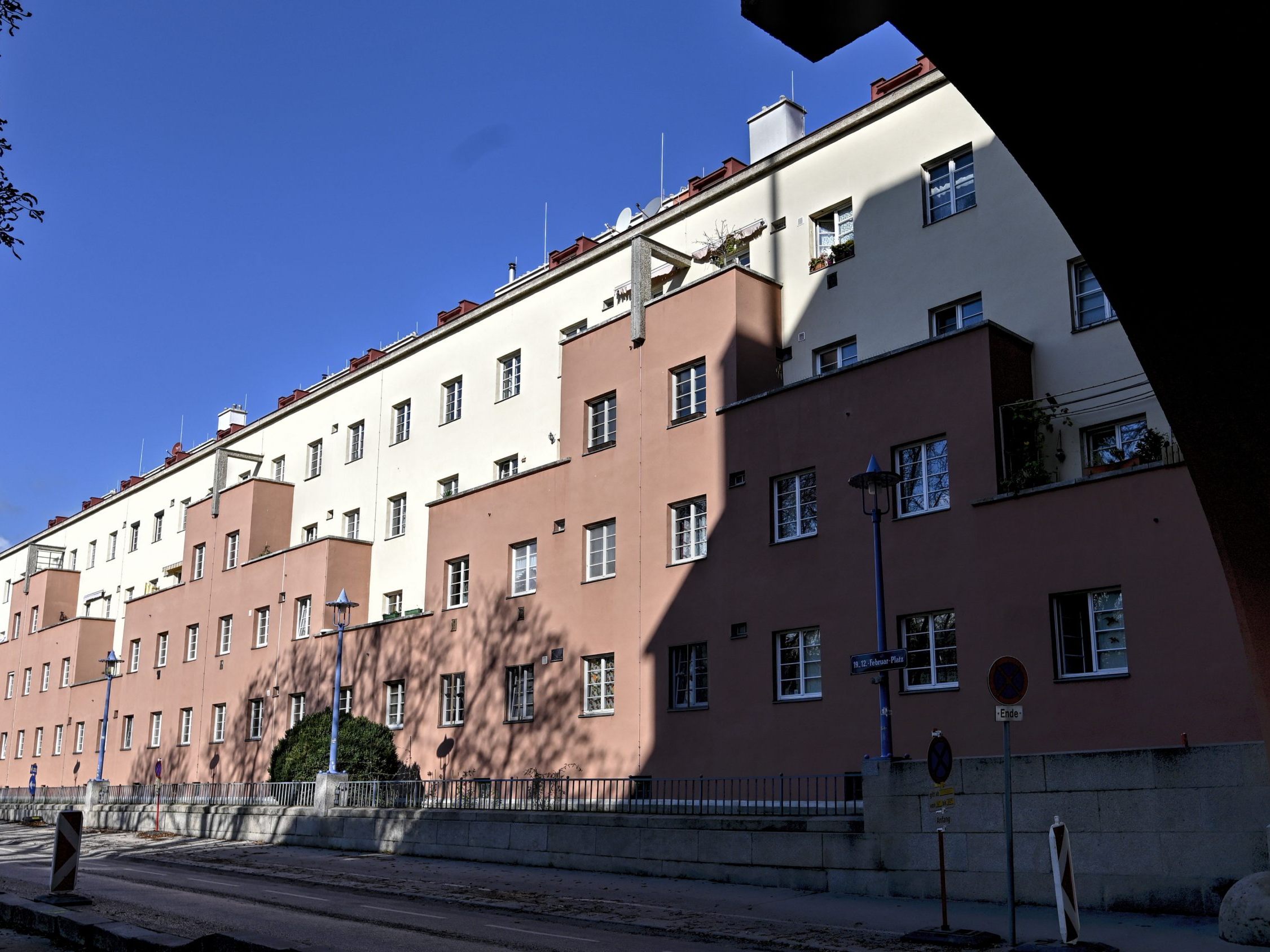Could the "Vienna Model" Solve the EU Housing Crisis?

A five-member delegation from the EU Parliament visited Vienna for three days to take a closer look at the housing market on site. In December 2024, the EU Parliament decided to set up a one-year special committee on the housing crisis to develop solutions. The "Vienna Model" has been cited by many as an example, said the special committee chairwoman Irene Tinagli at a press conference on Wednesday.
Vienna Housing Market "Difficult to Imitate" for Other Cities
The city of Vienna owns over 220,000 municipal apartments, in addition to hundreds of thousands of cooperative apartments and many old buildings with regulated rents. According to real estate experts, the numerous municipal, cooperative, and old apartments have a certain dampening effect on free rents in new buildings. The Vienna housing market is "difficult to imitate" for other cities in Europe, said the special committee chairwoman. However, European cities could be inspired by the housing legal "framework conditions" in Vienna. The focus of the visit was primarily on "best practices." In discussions, rising construction costs and the lack of building land were mentioned as problems in Vienna.
Seestadt Aspern and Karl-Marx-Hof as Exemplary Models
Member of the delegation was also EU Parliamentarian Andreas Schieder (SPÖ). On Monday, a meeting with Vice Chancellor and Housing Minister Andreas Babler and Vienna's Deputy Mayor and Housing Councillor Kathrin Gaál (both SPÖ) was on the agenda. Furthermore, the delegation visited the Nordbahnviertel. On Tuesday, there was an exchange with members of the parliamentary building and housing committee. The agenda also included a visit to Seestadt Aspern in the 22nd district of Vienna and the Karl-Marx-Hof in the 19th district as a historical housing example from the 1920s.
Speculators and Short-Term Rentals Burden European Real Estate Market
Rising rents and housing shortages have been a concern for politics in Europe for years. According to Eurostat, between 2015 and 2023, house prices in the EU rose by an average of 47 percent, and in Austria by 63.9 percent. The main factors for this price increase are rising construction costs, higher mortgage interest rates, declining construction activity that reduces supply, and the growing trend of acquiring real estate as an investment, according to a document from the EU Parliament. Rental apartments have also become significantly more expensive in the EU. Between 2010 and 2022, rents increased by an average of 18 percent. One reason for this is the increase in short-term rentals, which have removed properties from the regular rental market. The housing crisis is a "very complex problem," said the special committee chairwoman. "There is no 'silver bullet.' I wish there were a recipe."
(APA/Red)
This article has been automatically translated, read the original article here.





